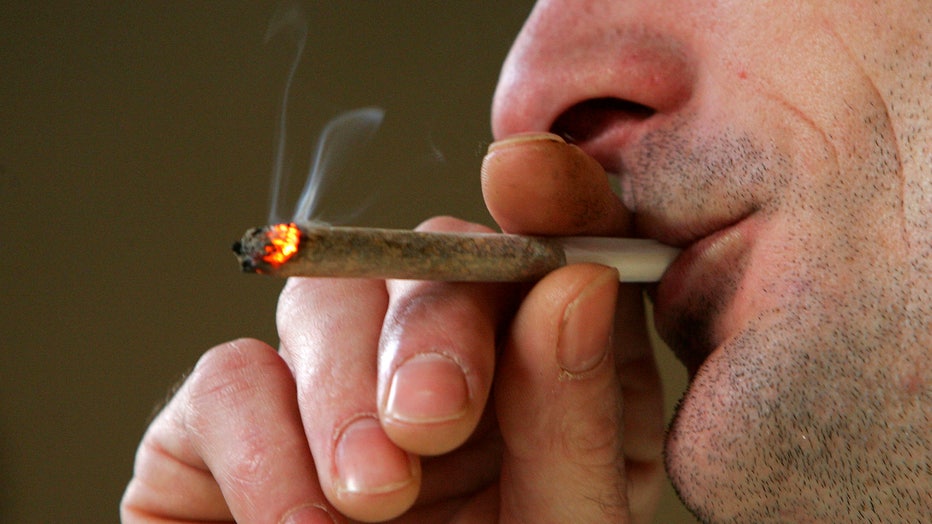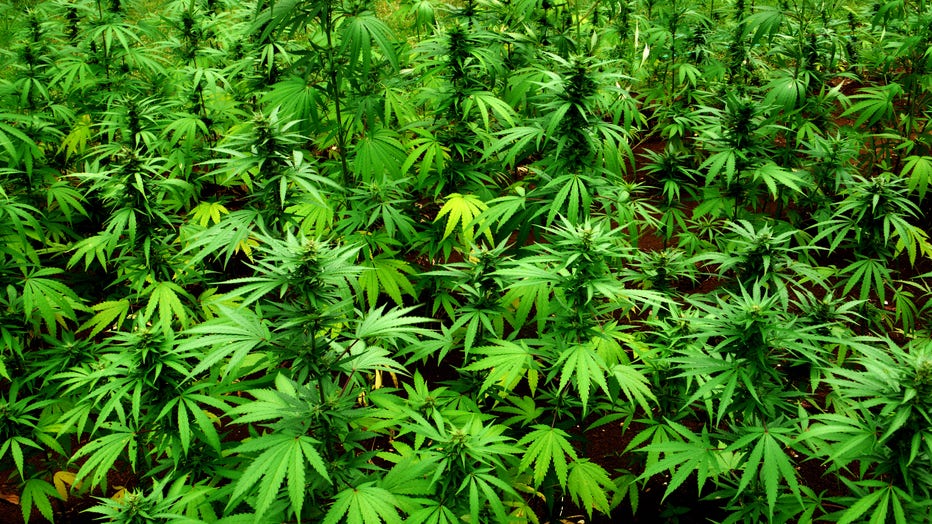FDA recommends moving marijuana to lower-risk drug class: Key takeaways

Health officials seek to downgrade marijuana
The news lit up the world of weed: U.S. health regulators are suggesting that the federal government loosen restrictions on marijuana. Specifically, the federal Health and Human Services Department has recommended taking marijuana out of a category of drugs deemed to have ?no currently accepted medical use and a high potential for abuse.? The agency advised moving pot from that ?Schedule I? group to the less tightly regulated ?Schedule III.?
Marijuana is less dangerous and has more potential health benefits than other drugs with the same federal restrictions, the FDA has concluded, and should be reclassified as a Schedule III substance.
The U.S. Food and Drug Administration has sent hundreds of pages of data on marijuana to the U.S. Drug Enforcement Administration in its recommendation. In it, scientists say it’s less addictive and less prone to abuse than heroin, LSD, quaaludes, ecstasy and other drugs in the same class as marijuana. Drugs in the Schedule I class – as marijuana currently is – have a high potential for abuse and no accepted medical use.
The recommendations to ease federal marijuana restrictions came after President Joe Biden asked both the U.S. Department of Health & Human Services and the attorney general, who oversees the DEA, last year to review how marijuana was classified.
RELATED: US health agency recommends loosening federal marijuana laws
Here are some key takeaways from the report.
Marijuana has therapeutic uses, FDA finds

A man smokes a marijuana joint. A new report from the FDA supports reclassifying marijuana as a lower risk drug (Photo by Christopher Furlong/Getty Images)
The report found that there is "credible scientific support" for the use of marijuana to treat the following conditions:
- Pain
- Anorexia
- Nausea
- Vomiting
"No safety concerns were identified in our review that would indicate that medical use of marijuana poses unacceptably high safety risks for the indications where there is some credible scientific evidence supporting its therapeutic use," the report says.
The findings weren’t news to Rebecca Abraham, a former critical care nurse and founder of Acute on Chronic, a startup that helps patients navigate marijuana as a form of alternative medicine.
Abraham started her company in 2019, though she believed as early as nursing school in 2008 that marijuana was safer than originally thought for both medical and recreational use.
RELATED: Marijuana use among America's senior citizens rises as interest in the drug is 'reignited' today
"Various think tanks and research groups have thrown everything and every amount of money they could at the wall to see what sticks, but they keep finding these benefits – and some side effects – but they still can't really come up with anything too scary or dangerous," Abraham said.
"We certainly know it's likely safer than things like tobacco and alcohol."
Findings are ‘conservative,’ industry experts say
Dr. Ryan Buck, research director for Acute on Chronic, says the report is thorough and makes good use of the data available, but researchers also caution that it’s conservative and could have covered more medical conditions.

Biden pardons several Marijuana offenses
President Biden issued pardons for certain Marijuana offenses. The decision sparking conversations nationwide. Here to break down what the pardons mean moving forward is UCF professor Dr. Larry Walker.
"I think that they did a good job in trying to really stick with the conditions where we have what people would consider to be stronger data," said Dr. Jessica Montalvo, medical director for Acute on Chronic. "I mean, certainly this is a very common criticism about cannabis, or honestly any kind of therapy, frankly, that doesn't come from a pharmaceutical company and go through a double-blind randomized control trial, which is just not realistic for many entities to pursue.
"It’s conservative," she continued. "They didn’t start talking about as many other things as they could have talked about, like sleep, mood. Those are some of the things that we tend to use cannabis for most frequently that didn't really get a shout out."
Marijuana can be addictive
Marijuana use disorder – or the continued use of marijuana despite negative impacts on one’s life – is real, but the chances of it having major negative consequences are much lower than that of other drugs, according to data shared by the FDA.
In 2021, roughly 30% of people who reported using marijuana for nonmedical purposes met the criteria for marijuana use disorder, with about 5% of those considered severe substance use disorder. For heroin users, that number jumps to 81%.
The prevalence for abuse and use disorders decreases the older people get, according to FDA data.
RELATED: Binge drinking, marijuana use reached record highs in middle-aged adults, study finds
For people 12-17 years old who use marijuana for nonmedical purposes, 44% met the criteria for marijuana use disorder. The percentage of people aged 65 and older who meet the criteria for use disorder is between 11 and 13%.
According to FDA data, for people who develop marijuana use disorder, withdrawal symptoms for those who quit are "relatively mild" compared to withdrawing from alcohol or heroin. Researchers compared marijuana withdrawal symptoms to nicotine withdrawal.

Marijuana plants (Photo by Kevin Cummins/Getty Images)
Doctors say if you’ve had other addictions in the past, you’re at a higher risk of becoming addicted to marijuana.
"The mechanisms of the reward activation in the brain … are all very similar," Buck explained. "And so if you were at risk of getting that reward simulation from opiates or from alcohol, you could also be at risk of that from using cannabis as well."
Abraham explained that like all supplements, you can’t "just wing it" with dosing and choosing which form to use. It’s one reason why rescheduling would be such a big step forward, Abraham says.
"If you had Americans kind of winging it with any other supplement or medication, it would cause a lot more problems," she said. "If people just took supplements at the vitamin store, kind of how they do cannabis, kind of guessing, it would go really badly. And same thing for any other medication."
Does rescheduling marijuana mean it will be legal?
Even if marijuana gets reclassified, it doesn’t legalize pot nationwide. Schedule III drugs — which include ketamine, anabolic steroids and some acetaminophen-codeine combinations — are still controlled substances.
They’re subject to various rules that allow for some medical uses, and for federal criminal prosecution of anyone who traffics in the drugs without permission. (Even under marijuana’s current Schedule I status, federal prosecutions for simply possessing it are few: There were 145 federal sentencings in fiscal year 2021 for that crime, and as of 2022, no defendants were in prison for it.)
It’s unlikely that the medical marijuana programs now licensed in 38 states — to say nothing of the legal recreational pot markets in 23 states — would meet the production, record-keeping, prescribing and other requirements for Schedule III drugs.
What’s next
Any decision on reclassifying — or "rescheduling," in government lingo — is up to the DEA, which says it will take up the issue. The review process is lengthy and involves taking public comment.
There’s no timetable on when the DEA may make a decision, but industry experts say the sooner it’s rescheduled, the more we can learn about long-term effects.
"There’s this frequent criticism that more research is always needed," Montalvo said. "Well, we're going to have a much easier time doing research if it's Schedule III than if it remains Schedule I. It just imposes so many regulatory barriers."
The Associated Press contributed to this report.

